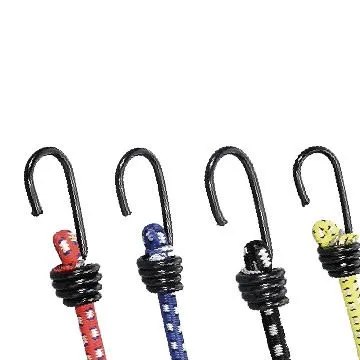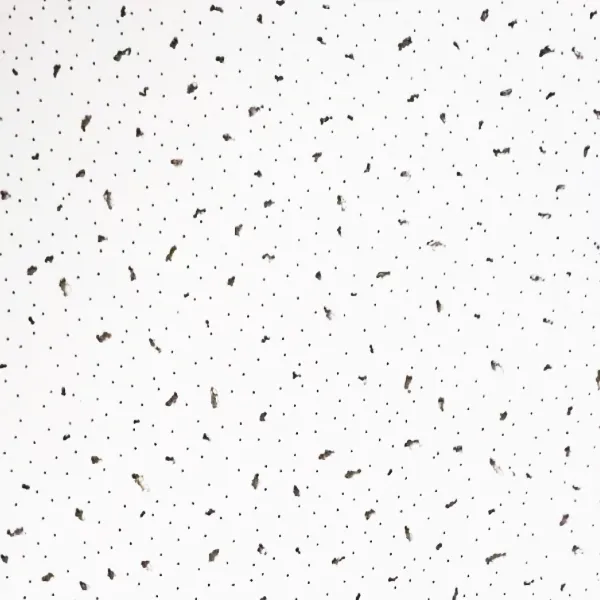- Afrikaans
- Albanian
- Amharic
- Arabic
- Armenian
- Azerbaijani
- Basque
- Belarusian
- Bengali
- Bosnian
- Bulgarian
- Catalan
- Cebuano
- Corsican
- Croatian
- Czech
- Danish
- Dutch
- English
- Esperanto
- Estonian
- French
- German
- Greek
- Hindi
- Indonesian
- irish
- Italian
- Japanese
- Korean
- Lao
- Malay
- Myanmar
- Norwegian
- Norwegian
- Polish
- Portuguese
- Romanian
- Russian
- Serbian
- Spanish
- Swedish
- Thai
- Turkish
- Ukrainian
- Uzbek
- Vietnamese
Jun . 04, 2025 02:13 Back to list
Premium Suspended Ceiling Grid Components - Durable & Easy Install
- Market overview and growth statistics for grid systems
- Technical advancements in materials and engineering
- Performance comparison of leading manufacturers
- Customization options for specialized projects
- Installation techniques for different building types
- Real-world applications across industries
- Selection considerations and future innovation

(suspended ceiling grid components)
Understanding Suspended Ceiling Grid Components
Modern construction increasingly relies on suspended ceiling systems for their functional and aesthetic benefits. The global market for ceiling grid components reached $3.8 billion in 2023, with projections indicating 6.2% annual growth through 2028. Architects specify these systems in 78% of commercial projects due to their unparalleled utility in concealing wiring, piping, and ductwork while maintaining accessible service points.
Primary grid elements include main runners (typically spaced 4 feet apart), cross tees (installed perpendicular at 2-foot intervals), wall angles for perimeter support, and specialized accessories. Standard manufacturing gauges range from 0.45mm for light-duty applications to 0.85mm for seismic or heavy-load environments. The dimensional precision of these components directly impacts ceiling flatness, with premium systems achieving ±0.5mm tolerance across 20-foot spans.
Material Engineering Breakthroughs
Material science has transformed grid performance characteristics. Cold-rolled steel remains dominant in high-load applications (supporting up to 85kg/m²), while aluminum alloys now constitute 32% of the market due to their corrosion resistance and weight reduction (typically 40% lighter than steel equivalents). Coating technologies show particular advancement, with ArmorTek® polyester powder coatings increasing scratch resistance by 70% compared to traditional epoxy finishes.
Recent innovations include recycled-content grids containing 60-85% post-consumer materials without compromising structural integrity. Fire performance has reached new benchmarks, with UL Classified systems achieving 3-hour fire ratings through intumescent coatings that expand at 400°C. Additionally, antimicrobial treatments like BioProtect® inhibit mold growth by 99.6% in humidity-controlled environments.
Manufacturer Capability Comparison
| Brand | Steel Gauge | Load Capacity | Seismic Rating | Finish Warranty | Lead Time |
|---|---|---|---|---|---|
| PremierGrid Systems | 0.85mm (24ga) | 95kg/m² | IBC Level D | 25 years | 72 hours |
| Structura Solutions | 0.60mm (26ga) | 72kg/m² | IBC Level C | 15 years | 5 days |
| MetroFrame Industrial | 1.00mm (20ga) | 125kg/m² | IBC Level E | 30 years | 14 days |
| FlexForm Architectural | 0.55mm (26ga) | 65kg/m² | IBC Level B | 10 years | 48 hours |
Independent testing reveals significant differences in deflection resistance: premium systems exhibit less than 1/360 span deflection under maximum load, while economy lines can show up to 1/120 span deflection. Thermal expansion coefficients vary from 11 µm/m°C for aluminum to 23 µm/m°C for certain steel alloys.
Custom Configuration Capabilities
Manufacturers now provide comprehensive customization services, accommodating unique architectural requirements. Beam cambering allows precise curvature with radii down to 8 feet, essential for circular auditorium designs. Over 60% of suppliers offer non-standard paint colors with proprietary matching systems, while 25% provide specialized cut-outs for integrated LED lighting systems.
Special applications drive innovation. Seismic zones require custom bracing solutions with 200% greater rigidity than standard grids. Hospitals employ demountable stainless-steel grid assemblies rated for frequent sterilization. Data centers implement electromagnetic interference-shielding grids that reduce signal disruption by 48dB at 1GHz frequencies. Manufacturers typically supply custom projects within 6-8 weeks with ±0.3mm dimensional accuracy.
Installation Methodologies
Modern installation protocols emphasize efficiency and precision. Advanced laser-leveling techniques enable crews to suspend 500m² grids in under 18 man-hours, reducing traditional installation time by 40%. Building Information Modeling (BIM) integration has become standard, with contractors reporting 92% fewer coordination errors when using manufacturer-supplied 3D models.
Specialized scenarios require tailored approaches. Sloped ceilings exceeding 15° necessitate modified hanger connections with swivel capability. In renovation projects, retrofit systems featuring suspension bridges allow existing pipework retention without re-routing. Critical environments like cleanrooms employ gasket-sealed grids that maintain ISO Class 5 particle standards through airtight seams.
Industry-Specific Applications
Healthcare facilities have adopted bacteriostatic grids for 89% of new hospital builds. Education installations increasingly utilize high-impact grids capable of withstanding 110J impacts for safety compliance. Retail applications favor slim-profile reveal systems that create sleek architectural lines with only 16mm grid visibility.
Case studies demonstrate performance. London's Crossrail project utilized custom fire-rated grids spanning 28 meters across station concourses without intermediate supports. San Francisco's Terminal 3 retrofit featured seismic grid components accommodating 2.5-inch lateral movement without damage. A Munich laboratory achieved energy savings of 18% annually through integrated thermal-barrier grid systems.
Selecting Suspended Ceiling Grid Components
Project managers prioritize technical specifications over aesthetics for drop ceiling grid components. Since 2019, UL-certified fire performance compliance has become mandatory in 32 states, while ADA compliance now affects 100% of public buildings. Life-cycle cost analysis reveals that premium systems deliver 15-year savings of $8-12/m² despite higher initial investment. Maintenance requirements vary significantly, with aluminum systems needing only annual dusting versus galvanized steel requiring inspection every 6 months in high-humidity conditions.
Emerging technologies include conductive grids that enable wireless device charging, tested successfully at DFW Airport. The industry anticipates 2026 building code revisions requiring photoluminescent grid markers for emergency egress. Selecting appropriate suspended ceiling grid components
requires balancing current specifications with foreseeable regulatory changes.

(suspended ceiling grid components)
FAQS on suspended ceiling grid components
Q: What are suspended ceiling grid components?
A: Suspended ceiling grid components form the framework that supports ceiling tiles. They typically include main tees, cross tees, wall angles, and suspension wires. These parts interlock to create a rigid structure for easy installation.
Q: What materials are used for ceiling grid components?
A: Most ceiling grid components are made of galvanized steel or aluminum for durability and corrosion resistance. Some decorative options use PVC or plastic composites. Material choice depends on factors like humidity levels and fire safety requirements.
Q: How do you install drop ceiling grid components?
A: Install drop ceiling grid components by first securing perimeter wall angles. Then hang main tees from overhead supports using suspension wires before snapping cross tees into place. Ensure precise leveling for correct alignment.
Q: What’s the purpose of cross tees in suspended ceiling grids?
A: Cross tees provide lateral support between main grid runners. They create the geometric cavities that hold ceiling tiles firmly. Standard sizes include 2-foot and 4-foot lengths for modular flexibility.
Q: Can drop ceiling grid components be replaced individually?
A: Yes, damaged drop ceiling grid components can usually be replaced without dismantling the entire system. Simply remove adjacent tiles, detach the faulty section, and snap in a matching replacement part. Ensure new components match the grid's profile.
-
Transform Interiors with PVC Gypsum Ceiling: A Stylish, Durable, and Moisture-Resistant SolutionNewsMay.19,2025
-
The Smart Interior Upgrade: Discover the Durability and Versatility of Gypsum Ceiling Access Panel SolutionsNewsMay.19,2025
-
The Smart Choice for Interior Design: Discover the Value of PVC Gypsum Ceiling SolutionsNewsMay.19,2025
-
Mineral Fiber Ceiling Tiles: The Smart Blend of Performance and AestheticsNewsMay.19,2025
-
Mineral Fiber Ceiling Tiles: The Superior Choice Over Gypsum for Sound and Fire SafetyNewsMay.19,2025
-
Mineral Fiber Ceiling Tiles: Eco-Friendly Strength and Style for Every CeilingNewsMay.19,2025







